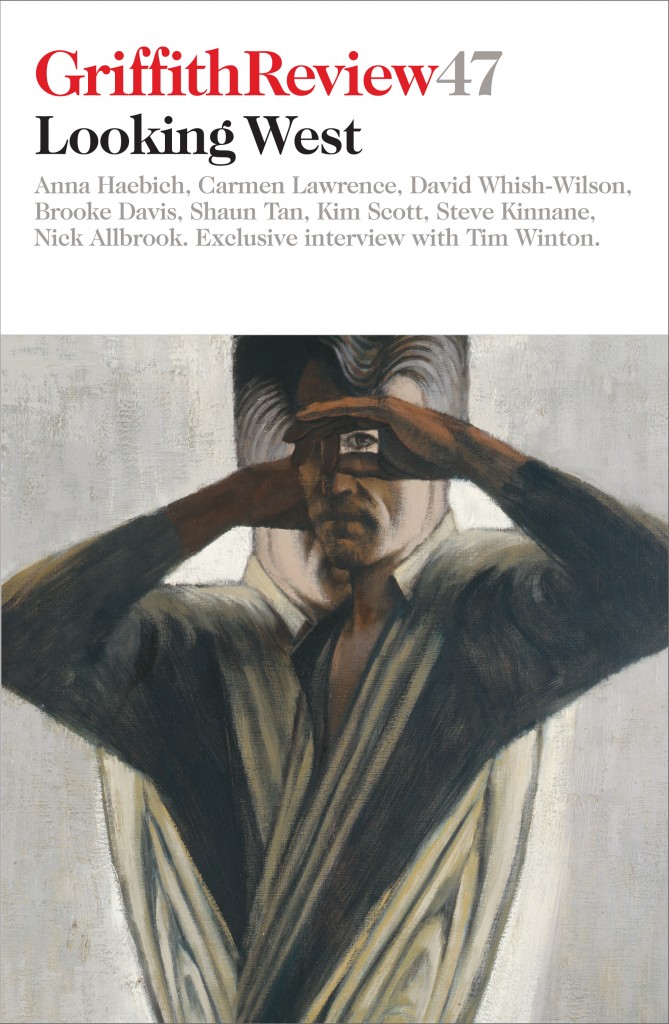Featured in

- Published 20150203
- ISBN: 9781922182678
- Extent: 264 pp
- Paperback (234 x 153mm), eBook

Already a subscriber? Sign in here
If you are an educator or student wishing to access content for study purposes please contact us at griffithreview@griffith.edu.au
Share article
More from author

Inside the dark tower
Thinking of what is gone, I pause on the bridge and look back. The windows and sleek curvature of Woodside Karlak now give the impression of smooth scales, sliding upwards towards the encroaching night. It is hard not to appreciate elements of the architecture, even when you know what is being sacrificed as a consequence of the decisions that take place behind the darkened glass of the great tower.
More from this edition

The native seeds of Augusta
Essay‘MUCH TO MY surprise in Dec last I received a particularly choice box of seeds, and your polite note, requesting a return of the...

The quiet slave
FictionEpisode One: Near MutinyIn 1820, Alexander Hare, the owner of a household of slaves and an increasingly controversial figure among the British in the...

Possessed by mining
Essay‘I AM SO sick,’ my friend remarked, ‘of hearing about the fucking mining boom.’ It was 2009, and for the past few years mining...